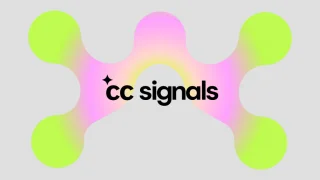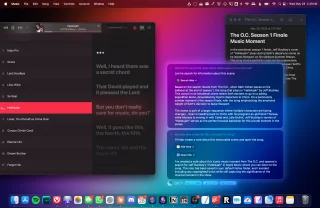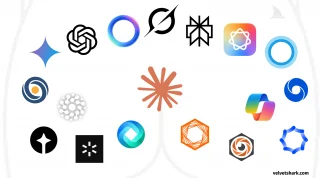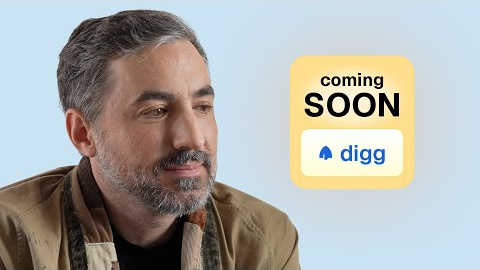AI CEOs deliver instant executive decisions without the executive salary.
No bonus packages / No private jet needed / No mood swings / Ego-free
Super sinnvolle CEO-Weisheiten wie „Empathy, but only if it’s billable“ oder „Sleep is just unconscious time theft“ in einer Mini-Anwendung gebaut von Serious People, die diverse aktivistisch-kreative Kampagnen releasen, wie z.B Oilwell, das Klimakatastrophe mit Meditations-App kombiniert („Relax… it’s only the climate crisis“). (via @ennopark)










